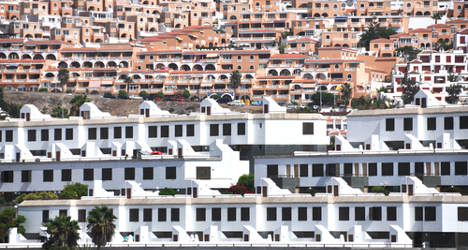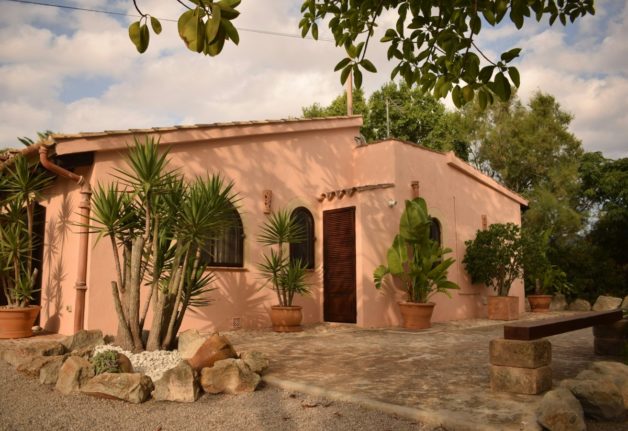Properties in Spain have fallen around 30 percent since the country's economic crisis hit in 2008, but ratings agency S&P believe the recovery is coming.
The credit ratings agency has stuck with its earlier forecasts that Spanish house prices will slip 2 percent in 2014, against a fall of 4.6 percent in 2013.
They will then hit rock bottom in 2015 before stabilizing.
But S&P now believe Spain will see an upswing with property prices climbing by 2 percent in 2016, according to the agency's latest forecast.
The positive outlook stems from "the faster than expected" recovery of the Spanish economy and a subsequent quicker "fall in unemployment" rates, the agency says.
"We have seen a change in trends in the Spanish property market in the last 12 months with the arrival of British and US property funds," Madrid-based real estate expert Eduardo Molet told The Local.
"British funds in particular are taking advantage of the offers in the Spanish property market, and they are here to stay," he added.
"But the sector's recovery depends very much on the location of the properties and the quality of the product. Real estate near the coast and in the bigger cities will rebound much faster than elsewhere," Molet said.
Spain's central bank recently announced the country's economy grew by 0.5 percent in the second quarter of 2014, the fastest rate in six years.
New job figures also show that 192,000 people had joined the country's workforce in the twelve months to the end of June.
But the long-term recovery of the property market could be kept on a leash by the high number of properties on offer in Spain, S&P warned.
Demographic changes could also put a brake on the long-awaited recovery for the embattled sector , the agency said.
S&P said in January that Spain's housing market was overvalued by somewhere in the region of 12 to 20 percent.



 Please whitelist us to continue reading.
Please whitelist us to continue reading.
Member comments